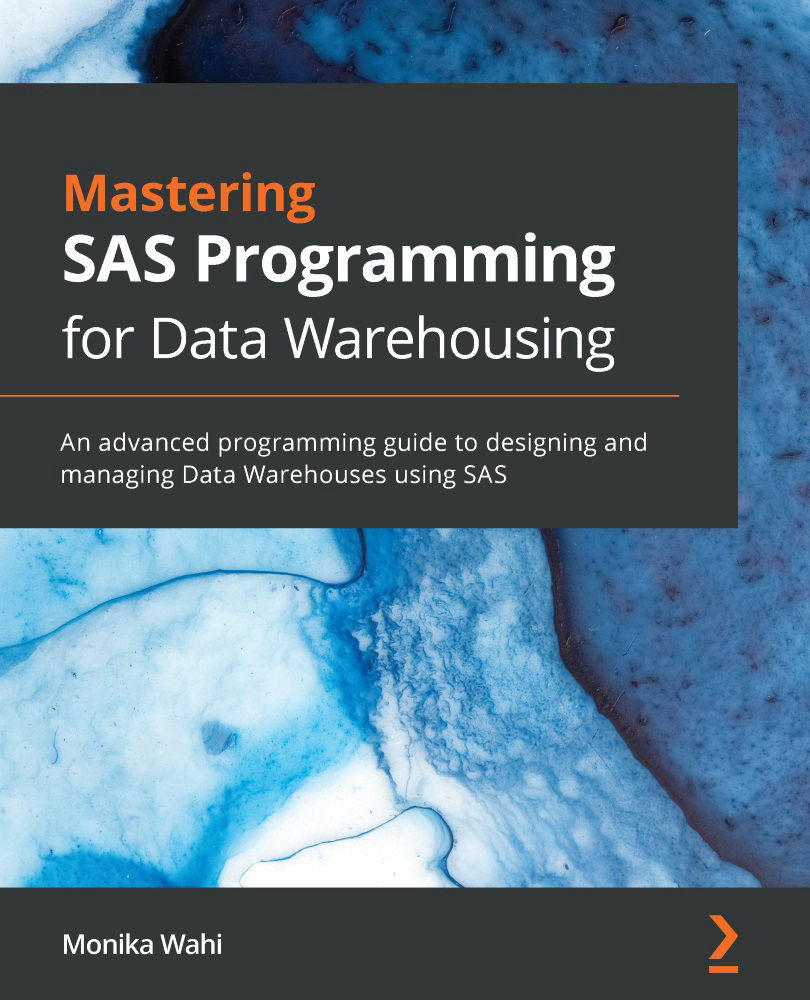Working with other file formats
Up to now, in this chapter, we have talked about reading in SAS datasets in either XPT or *.SAS7bdat format. Now, we will examine reading in data from non-SAS formats:
We will start by revisiting the
infilestatement, and examine options that can be set to help read in non-SAS data.Next, we will practice using the
infilestatement to read a*.csvfile and a*.txtfile into SAS.After this, we will examine
PROC IMPORT, and experiment with how it can help us read in data without having us type a lengthyinfilestatement.Finally, we will discuss converting non-SAS data to SAS format for physical storage.
This section will provide an overview of approaches the analyst can take when reading data from non-SAS formats into SAS, and provide several examples.
Reading non-SAS data formats
With respect to the size of data files, you may have noticed that of the three formats for the Chap2_1_SAS, Chap2_1_XPT, and Chap2_1_CSV datasets...


































































